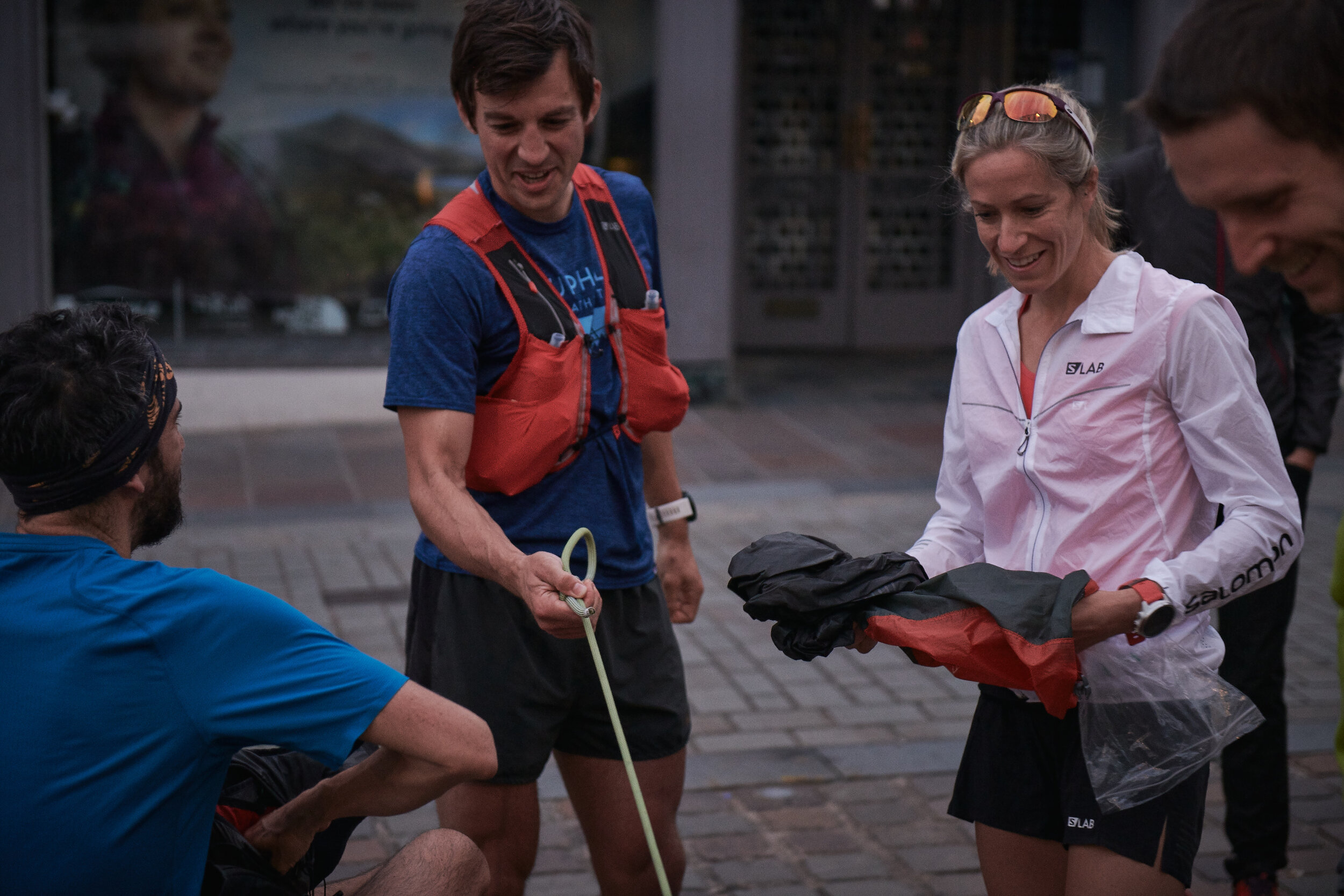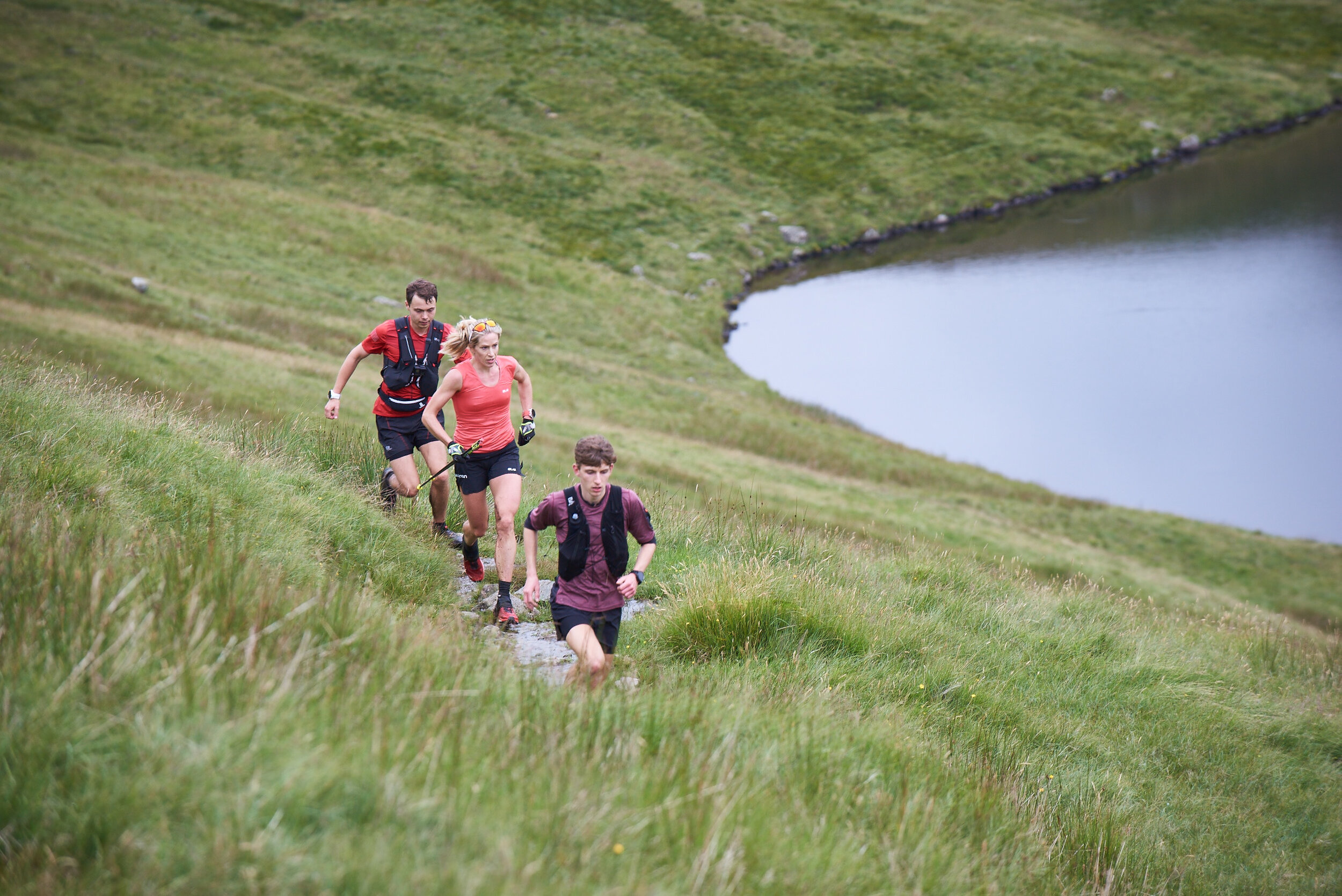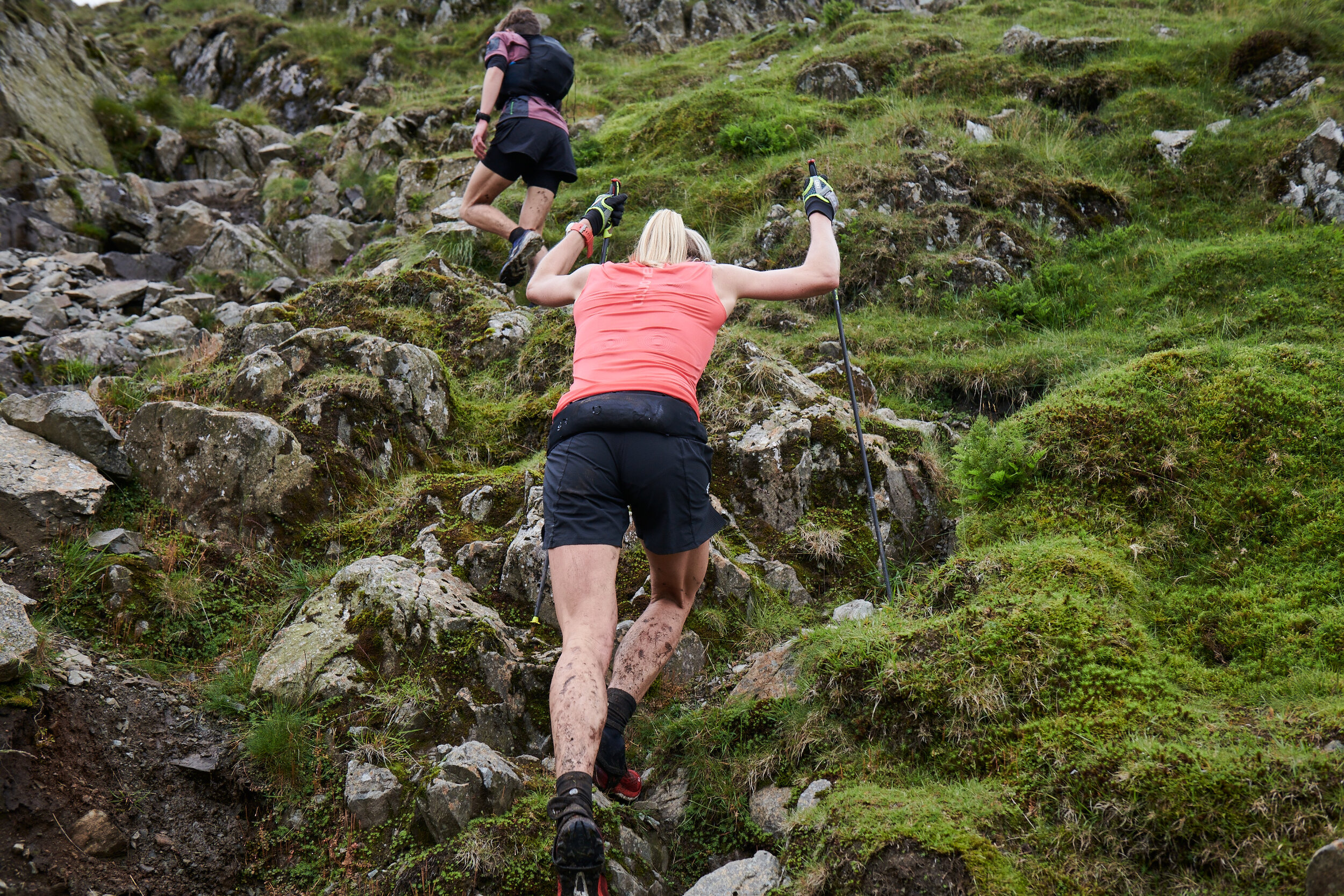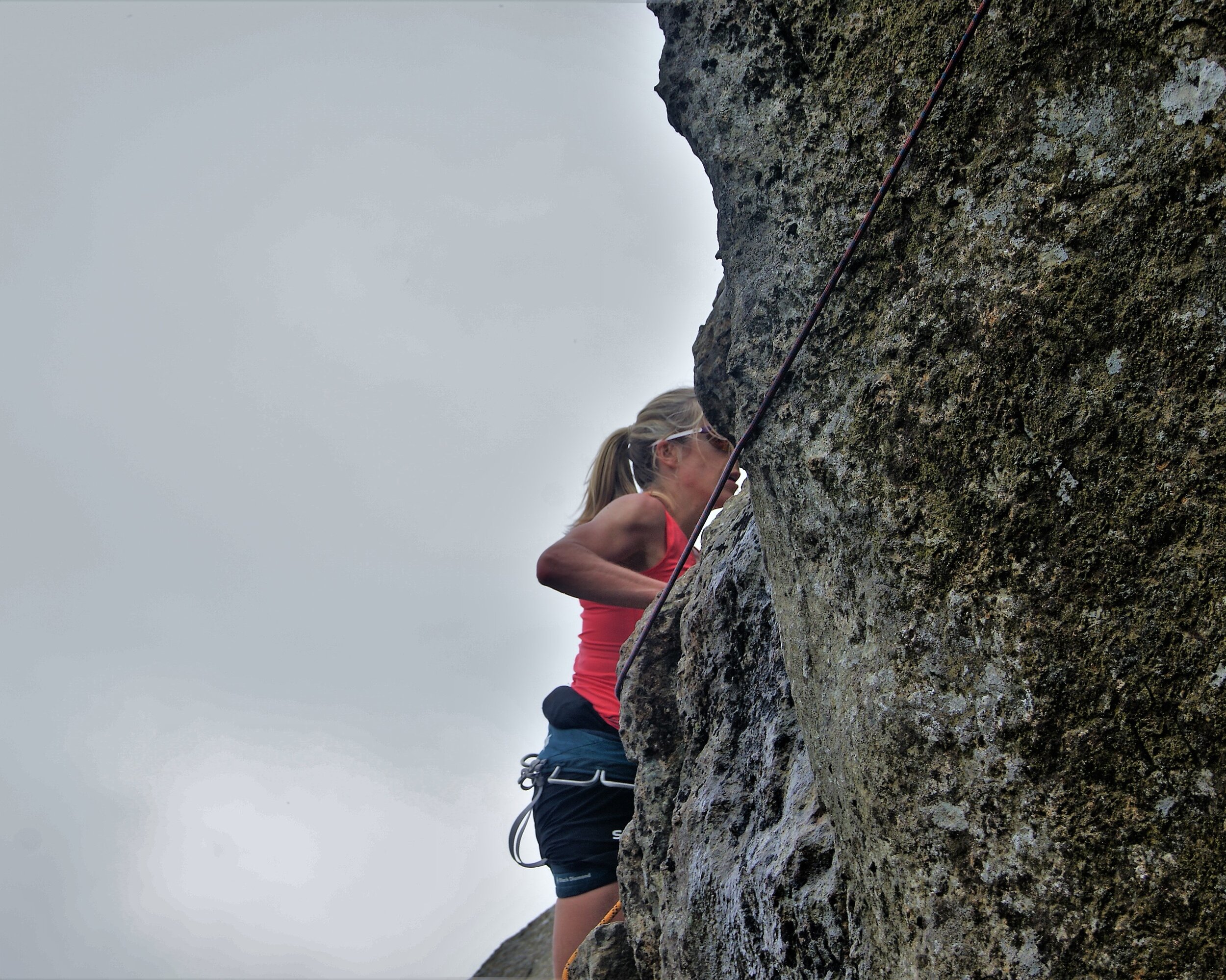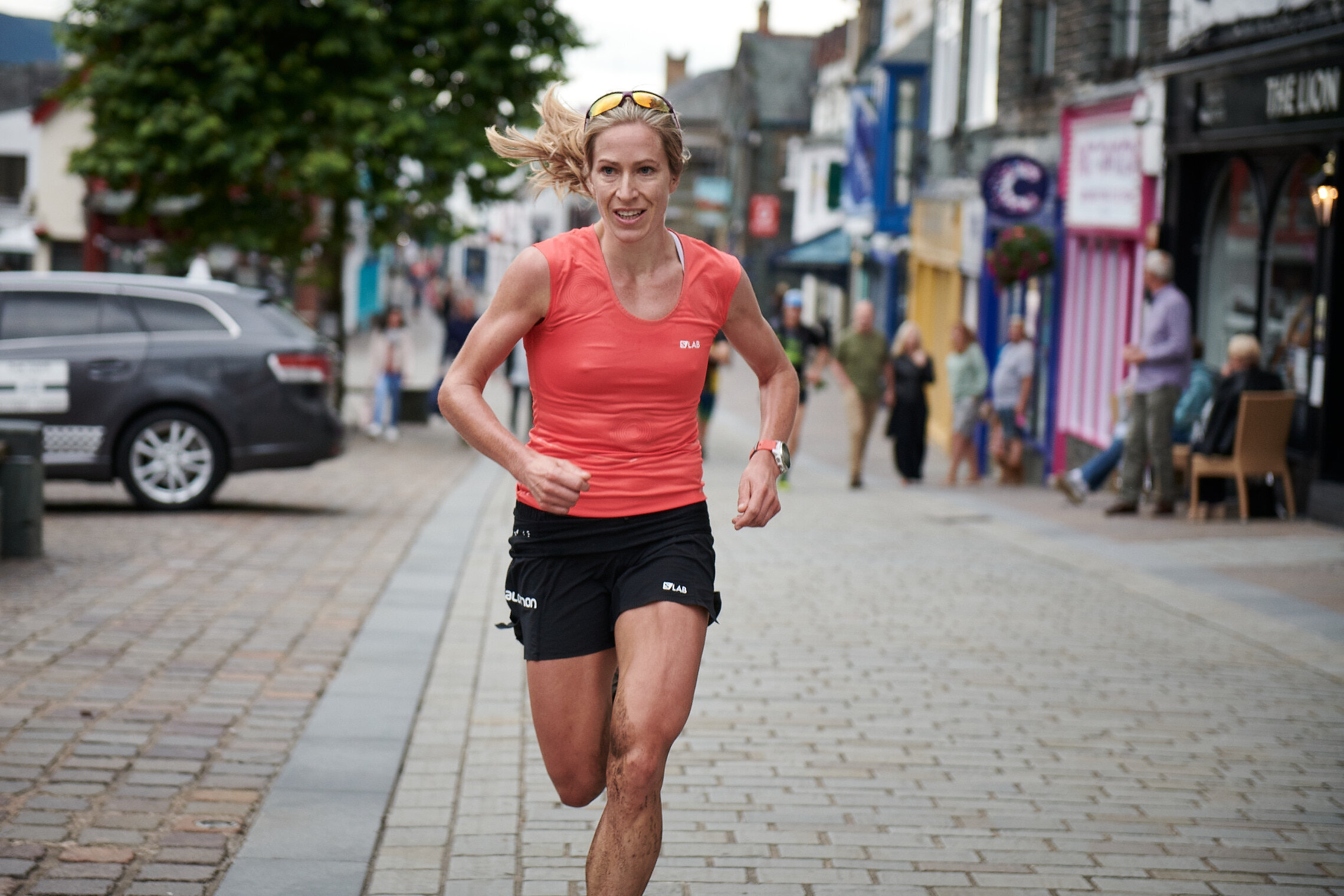I wrote this back in March 2020. As it ceased to be relevant it has been sat on my computer and forgotten about. Now relevant again, I’ve dusted it off to share with you.
I thought I’d take a few minutes to make clear what I’m doing right now. Before I do that I have to explain what I was doing before. I started running roughly when I was finishing medical school and starting work as a junior doctor, nearly 8 years ago. Since then I’ve been on the (metaphorical) treadmill that is post-graduate medical training. You get on as a newly qualified doctor and, as long as you keep showing up to work, completing assessments and passing exams etc you get off the treadmill usually 10-15 years later as a consultant. The system makes it hard to get off and take a breather along the way, despite levels of stress and burnout being so high amongst doctors (and even more so in this pandemic era). It is ingrained in medical culture (although this is not unique to medicine) that you have to progress up the career ladder as quickly as possible. The easiest option is just to keep going, simply because pausing the process is not straightforward, requiring more paperwork and sign-offs. There is also the added stress and uncertainty that your request to press pause (aka take ‘time out of training’) will be denied.
I had been considering taking some time out for a while and it felt like the perfect time to do it might never come, so last year I took a leap of faith and applied for 6 months out of training. Then the pandemic hit and it was an easy decision to return to work and try again the following year. I’m not stressed or burnt out, but I have always wondered what it would be like to not be juggling training with intense hours at work, night shifts etc. Maybe work was holding me back, maybe not, but I thought it would be interesting to see. I know I can manage the demands of training, racing and working but there have been periods where it has been a struggle and it has felt unsustainable. Pre-COVID I was getting sick with increasing frequency, perhaps an indication that I was pushing the boundaries of what was sustainable. Getting sick has been less of an issue in the last year, no doubt due to living in PPE at work.
This year I’ll be off work for 7 months in total. I’ll add that I wouldn’t be able to do this if it wasn’t through support from Salomon. In the grand scheme of things it’s not that long, but I was still anxious about feeling unrooted at the beginning. Medicine is all I’ve ever known and it takes the pressure off racing as I always have an excuse. I did some bits and pieces of locum work at the start but since then I’ve been so busy with travel and racing that I havn’t felt that I’ve lacked direction. I have a few other projects in the pipeline (running and non-running related) to keep me busy too.
Thankfully in general I think medicine is a nice counterbalance to running. When you’re at work you’re not thinking about yourself. Running is largely a selfish activity. Only I benefit from running. I can justify it by telling myself I inspire people to be more active or because it makes me a better person to be around, but the reality is I do it for myself. We all work for a reason. Its not play. It’s hard. But I find my job as stimulating as it is challenging and I largely enjoy it. I do think that morally I can’t put running first when I’m working. I don’t want to be the person who refuses to stay late when there’s an emergency because I need to get my run in, or is less effective at work because I was up at 4am for a run. It is a balancing act. I hope that come the end of the summer I’ll be go back to work with even more enthusiasm.
